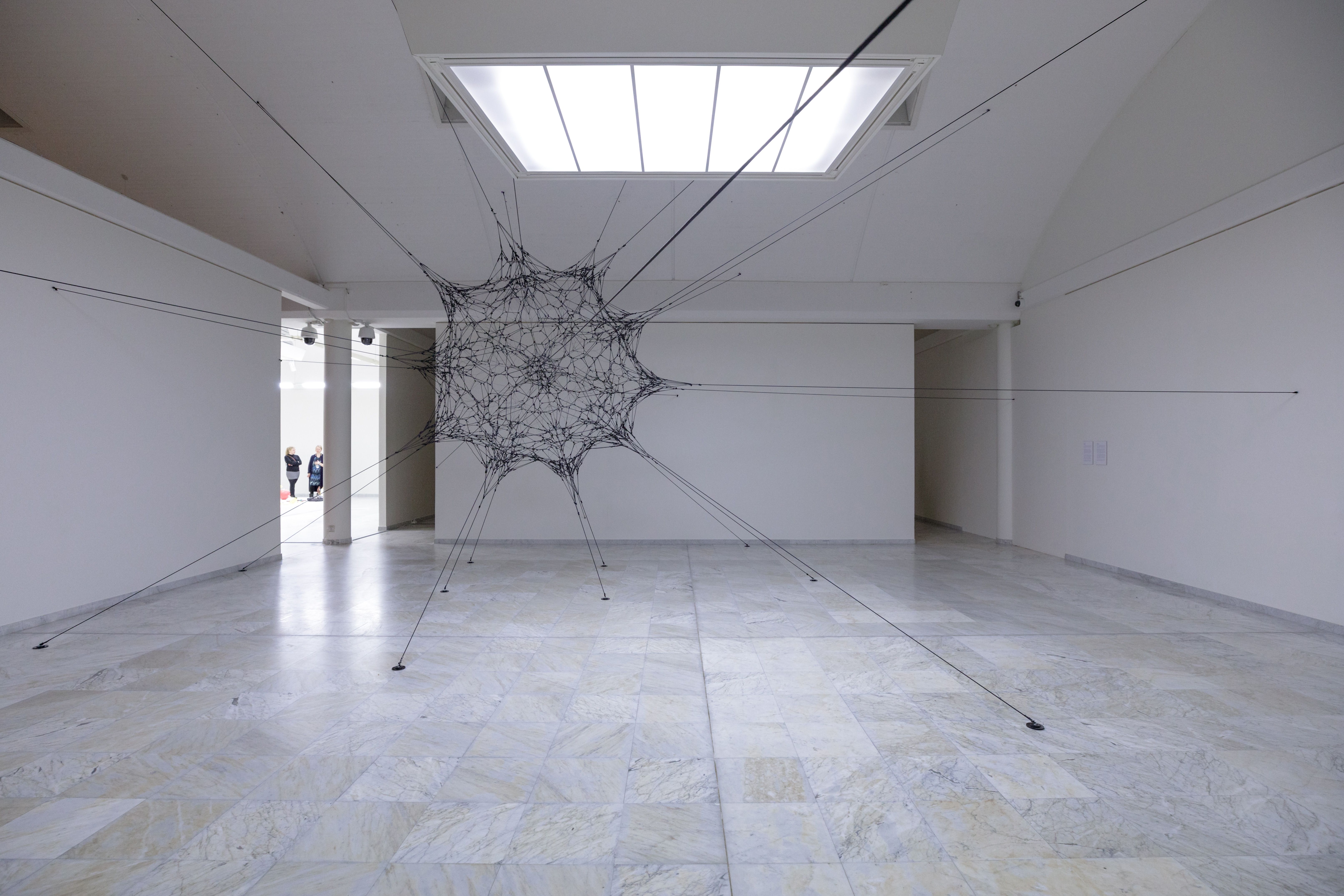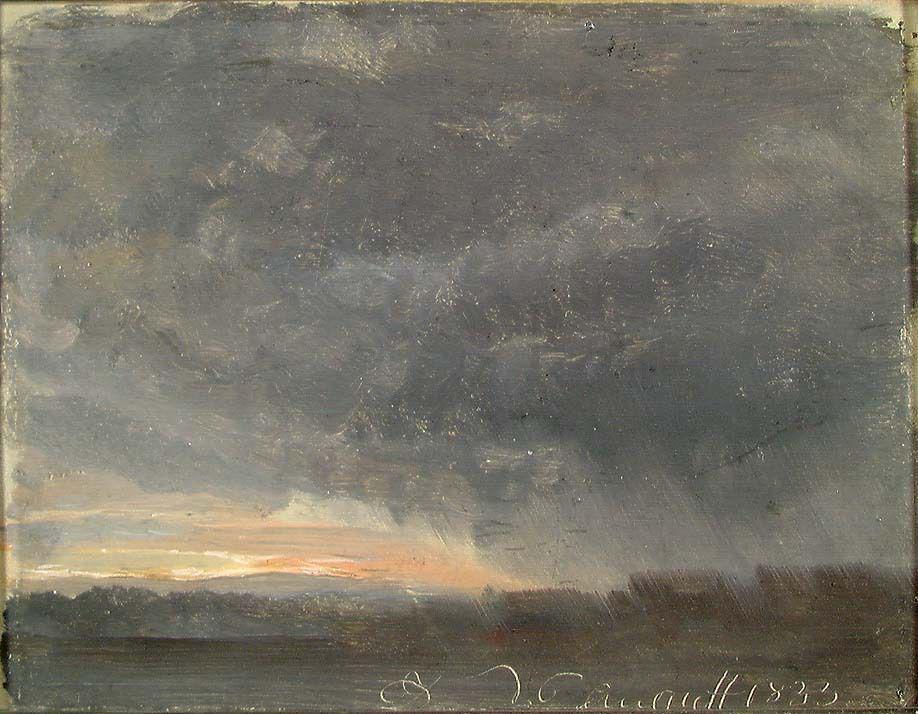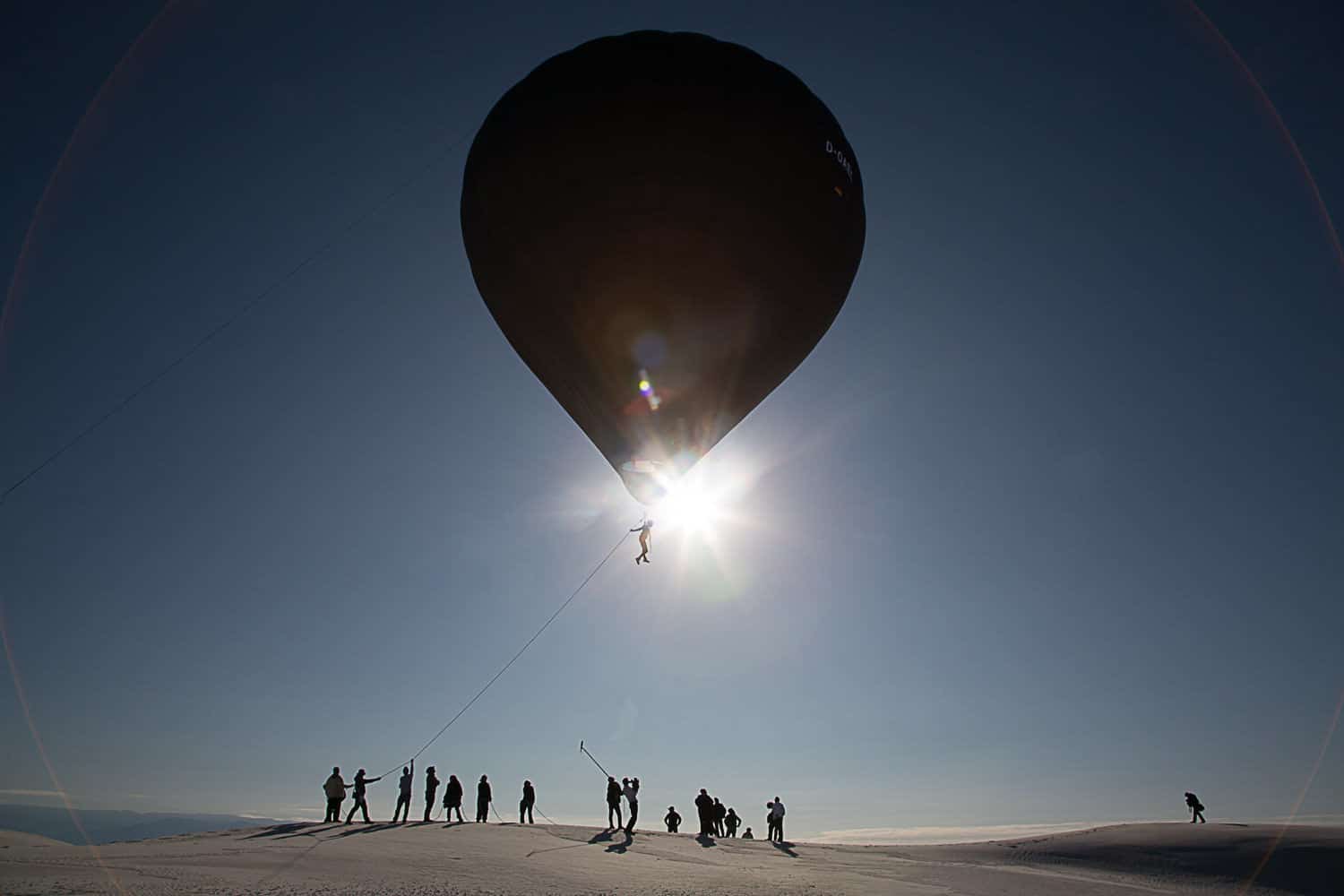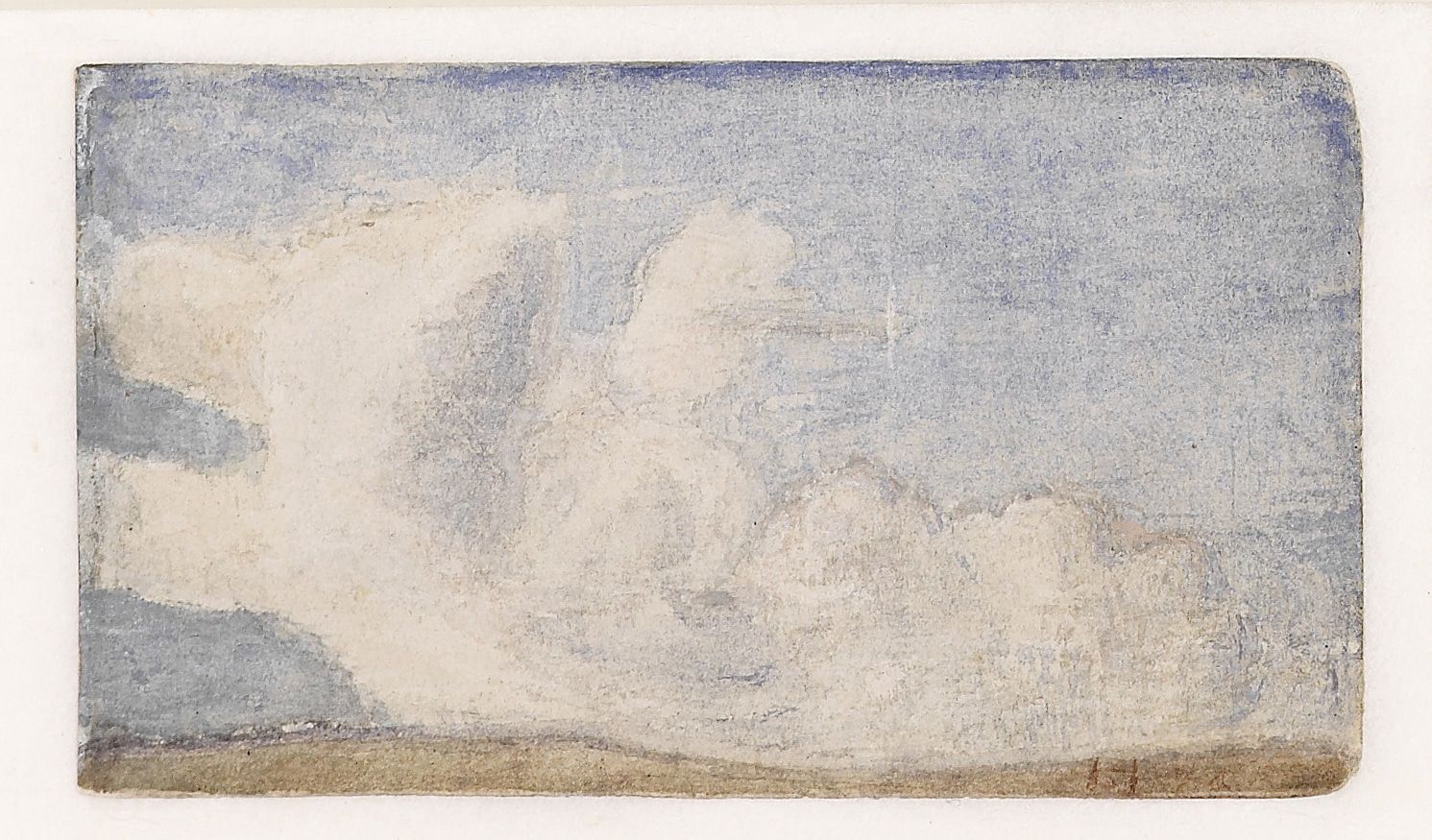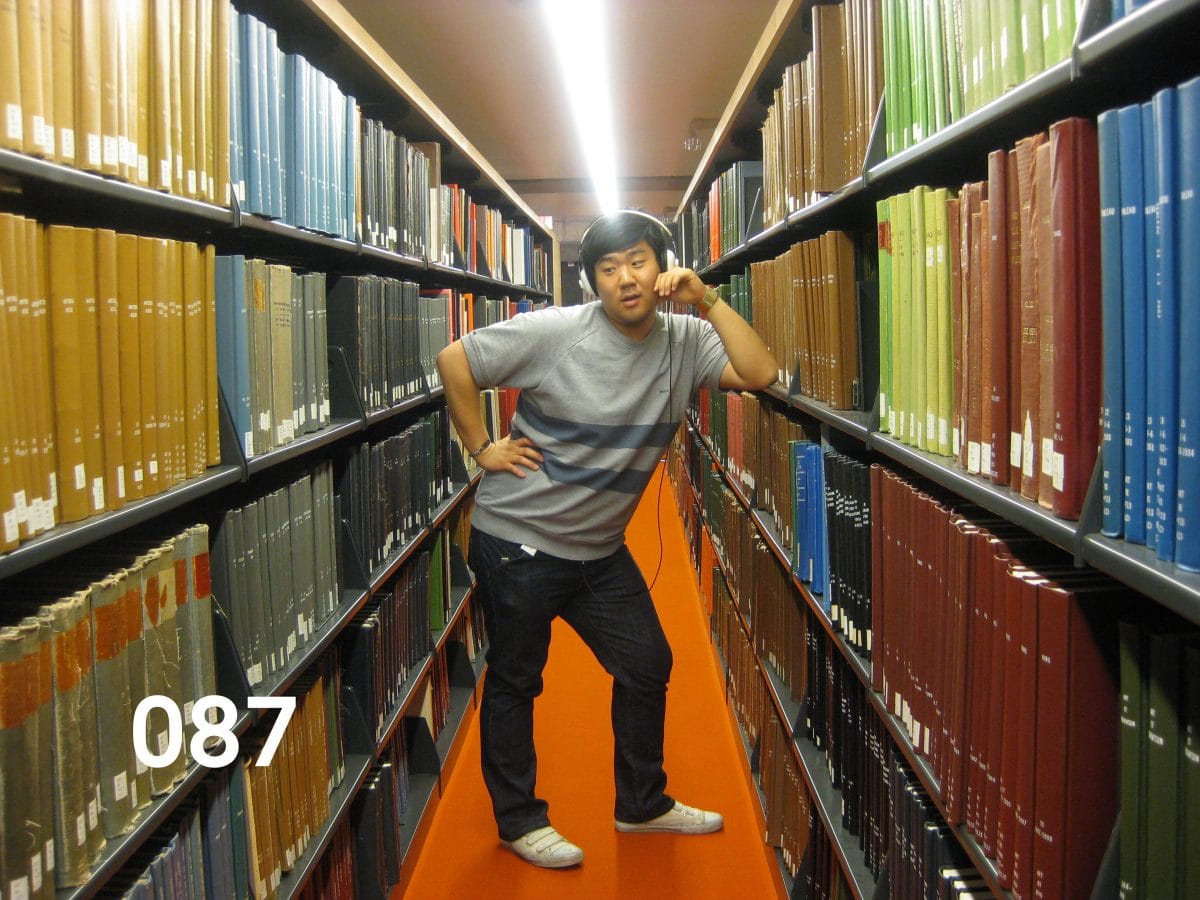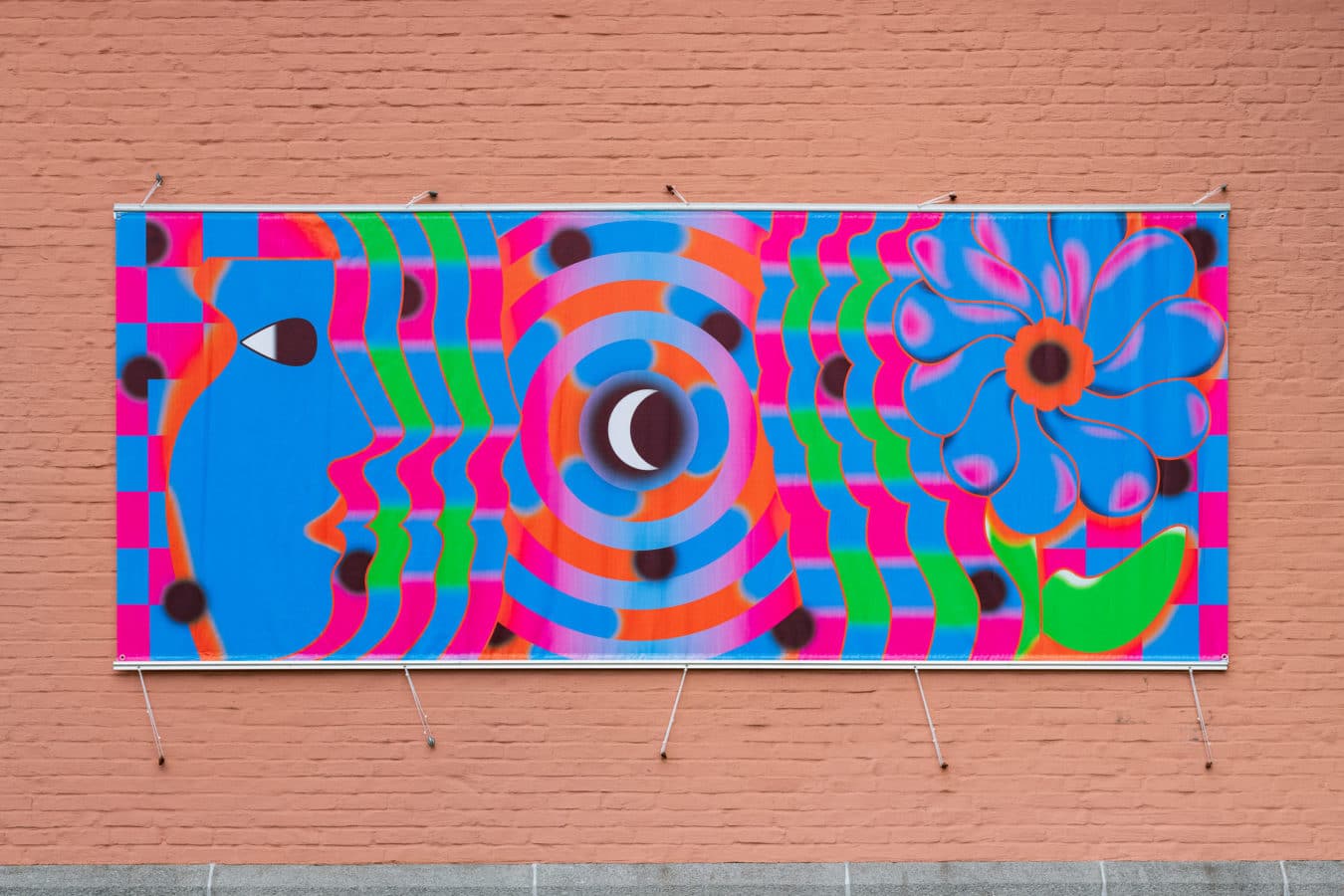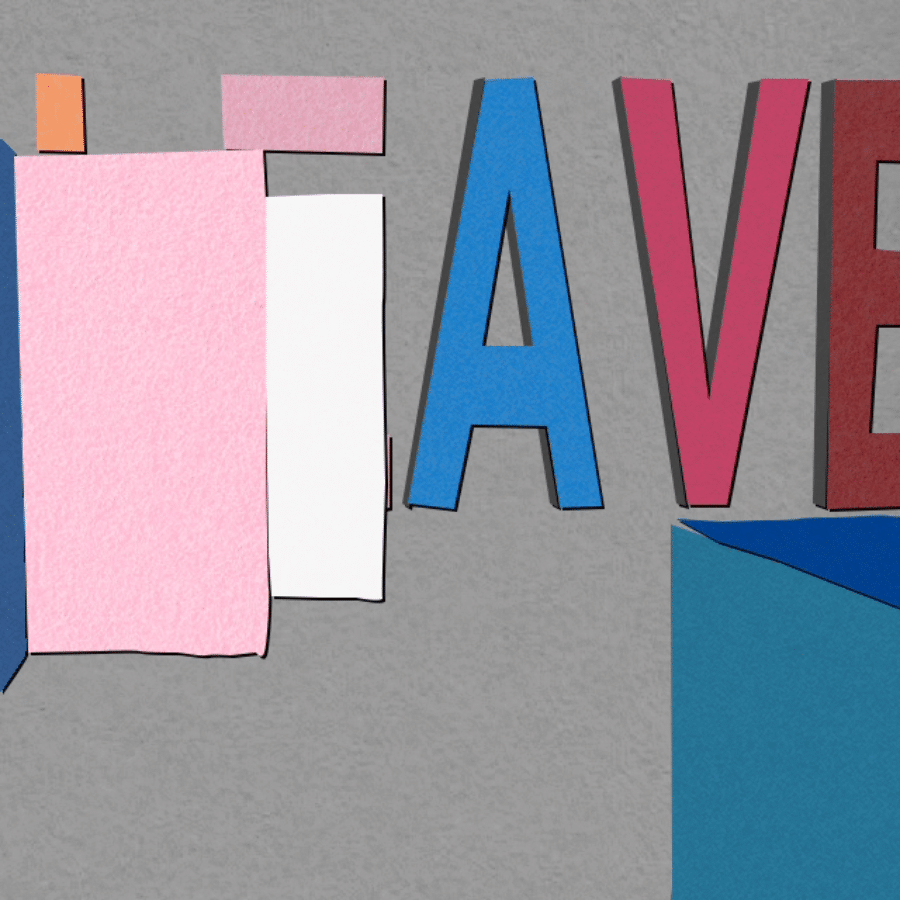We had to close the Museum on March 12th in the middle of an installation period. Even though the installation crew had to leave and the exhibition was not finished, we quickly arranged an opening as a live event on Facebook. Everything was fast and improvised but we managed to gather almost 300 people on Facebook that Friday evening. After that we decided to continue sharing the exhibition online by putting on the series “Video artwork of the week”, sharing one video work from the exhibition every Monday as well as texts and photos. We also launched online meditation classes that had previously taken place in the museum. Last week we were finally able to finish the exhibition In the Clouds and open it to a small group of visitors, as well as live streaming the opening event, which is now available on our website. In general this situation has forced us to work more creatively with the museum’s website and reflect much more around our online presence. Rogaland Kunstsenter: We have of course had to close down our current exhibition and put it on hold. But the rest of our planned programming has not dramatically changed. We were fortunate enough to be able to go ahead with the program as online live streaming due to some increased funding as part of the corona situation. So it has been much more of an adaptation for us rather than a re-programming. Kunsthall Stavanger: We have had to post-pone our two big spring exhibitions: Marte Eknæs, Air Conditions: Kunsthall 2025, and Jonathan Baldock, My, Myself and I, until the fall. As our doors had to close, we decided to use our website and Instagram channel to continue to bring art to our audiences and engage artists who were quickly losing work. The work Boombox (2009) by Ely Kim was originally meant to be shown physically at the Kunsthall at the same time as Marte Eknæs’ exhibition. Instead we decided to screen it on our website - allowing it to take over the landing page. It felt quite fitting for the situation, as Ely in the video activates different mundane spaces for a total of 100 days, to the soundtrack of 100 songs using 100 dance moves. Following Ely’s video we are currently showing the audio essay How To Find Belief Again by Lex Brown, an essay meant to supply tools for listeners to reconnect to a feeling of belief in a time of uncertainty. Concurrently we invited artists to create posts for our Instagram account. So far we have posted works by Laurel Schwulst, Synnøve Sizou G. Wetten, Nicole Killian, Hanne Lippard, Rhys Coren and Lina Viste Grønli. This week we installed an outdoor work, the first in a new series of physical banners displayed on our building. Kunsthall Stavanger sits in a traffic hub leading into the center of Stavanger, and is passed daily by hundreds, if not thousands of people. Therefore, we are now commissioning artists to create imagery in the same line of thought as our online works. These three projects that live on our website, our Instagram channel and the on the outside of our building have been named From KS to You. The main intention of this program is to hopefully create calm, ground and inspire people, as well as spread joy and solidarity in this moment of time.


